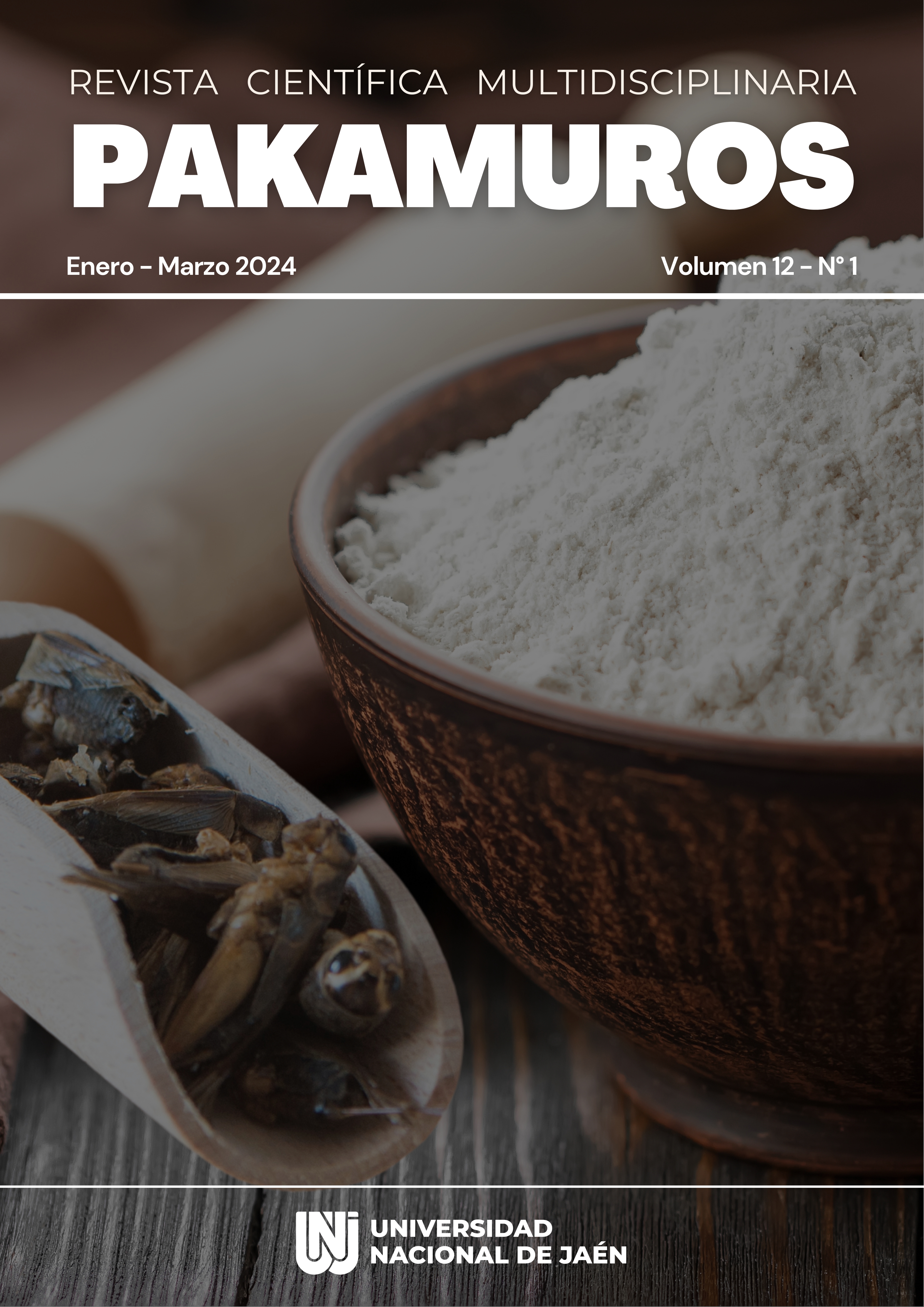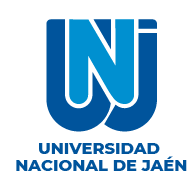Effect of varieties/clones and fermentation time on the sensory quality of cup chocolate
DOI:
https://doi.org/10.37787/s80a2814Keywords:
Theobroma cacao, fermentation, quality, atributes, chocolateAbstract
In local cup chocolate production, the influence of cocoa varieties and fermentation conditions on its sensory characteristics are overlooked. The objective of the study was to sensorially evaluate chocolate made from two varieties and three clones of cocoa (Theobroma cacao L.) fermented for 5, 6, 7 and 8 days. Brix degrees and pH were recorded. Sensory evaluation was carried out with a panel of 10 judges. The research was experimental. Friedman's test and its multiple comparisons test were used. The maximum fermentation temperature reached was 51°C, decreasing to 38°C towards the end of the process. Both pH and initial brix degrees decreased from 4.6 to 4.15 and from 11 to 9.6, respectively. Differences were observed in the cocoa flavor and acidity attributes of Criollo cup chocolate at different fermentation periods. The 5-day fermentation was the one with the highest total score, followed by the UF-613 clone at 7 days, with 36 and 32 points, respectively. It is concluded that each variety/clone needs specific fermentation conditions, which influence sensory quality.
Keywords: Theobroma cacao, fermentation, sensory quality, varieties, clones
References
Arvelo, M., González, D., Maroto, S., Delgado, T., & Montoya, P. (2017). Manual técnico del cultivo de cacao Buenas prácticas para América Latina. En Instituto Interamericano de Cooperación para la Agricultura (IICA).
Asante, F. (2015). Effect of duration of fermentation and different methods of drying (solar and sun) on some quality traits of cocoa beans (Theobroma cacao L.) [Tesis de maestría]. Kwame Nkrumah University of Science and Technology Kumasi.
Assa, A., Rosniati, & Yunus, M. (2019). Effects of cocoa clones and fermentation times on physical and chemical characteristics of cocoa beans (Theobroma cacao L.). IOP Conference Series: Materials Science and Engineering, 528(1). https://doi.org/10.1088/1757-899X/528/1/012079
Bravo, D. (2010). Evaluación fisicoquímica del comportamiento de las almendras de cacao (Theobroma cacao L) de seis clones: ICS -1 (Imperial Collage Selection), ICS – 95 (Imperial Collage Selection), UF – 613 (united Fruit), IMC – 67 (Iquitos Marañón Colection), TSH – 565 . Universidad Nacional de San Martín.
Cámara Peruana de Café y Cacao. (2017). Cacao. https://camcafeperu.com.pe/ES/cacao-peru.php
End, M., & Dand, R. (2015). Cacao en Grano: Requisitos de calidad de la industria del chocolate y del cacao. En Revista Brasileira de Medicina (4.a ed., Vol. 69, Número 12).
Horta-Téllez, H., Sandoval-Aldana, A., Garcia-Muñoz, M., & Cerón-Salazar, I. (2019). Evaluation of the fermentation process and final quality of five cacao clones from the department of huila, colombia. DYNA, 86(210), 233-239. https://doi.org/10.15446/dyna.v86n210.75814
Inga, J. (2017). Estudio de los tiempos de drenaje, fermentación y remoción del cacao criollo (Theobroma cacao L.) [Tesis de pregrado]. Universidad Nacional Agraria de la Selva.
Jinap, S., Dimick, P., & Hollender, R. (1995). Flavour evaluation of chocolate formulated from cocoa beans from different countries. Food Control, 6(2), 105-110. https://doi.org/10.1016/0956-7135(95)98914-M
Ministerio de Desarrollo Agrario y Riego. (2020). Producción de cacao. https://www.gob.pe/midagri
Misnawi, Jinap, S., Jamilah, B., & Nazamid, S. (2004). Sensory properties of cocoa liquor as affected by polyphenol concentration and duration of roasting. Food Quality and Preference, 15(5), 403-409. https://doi.org/10.1016/S0950-3293(03)00097-1
Pallares-Pallares, A., Perea-Villamil, J., & López-Giraldo, L. (2016). Impacto de las condiciones de beneficio sobre los compuestos precursores de aroma en granos de cacao (Theobroma cacao L) del clon CCN-51. 21(1), 120-133. https://doi.org/10.22463/0122820x.726
Reyes, M., Gómez-Sánchez, I., & Espinoza, C. (2017). Tablas peruanas de composición de alimentos.
Septianti, E., Salengke, & Langkong, J. (2020). Profile of bioactive compounds, antioxidant and aromatic component from several clones of cocoa beans during fermentation. IOP Conference Series: Earth and Environmental Science, 575(1), 17. https://doi.org/10.1088/1755-1315/575/1/012009
Stevenson, C., Corven, J., & Villanueva, G. (1993). Manual para analisis de cacao en laboratorio. En Centro Interamericano de Documentación e Información Agrícola (Ed.), Iica-Procacao.
Vega, F., Rodríguez, J., Escalona, H., & Lugo, E. (2016). Optimización del proceso de tostado de Theobroma cacao variedad criollo en la función del perfil cromatográfico. Academia Mexicana de Investigación y Docencia en Ingeniería Química, 181-186.
Zolkopli, N., Sulaiman, K., Budiman, C., & Awang, A. (2021). Effect of clonal variety and fermentation duration on cocoa flavor. Transactions on Science and Technology, 8(2), 104-109.
Published
Data Availability Statement
We declare under oath that we make the research data available to the public so that they can be accessed by readers.
Issue
Section
License
Copyright (c) 2024 Revista Científica Pakamuros

This work is licensed under a Creative Commons Attribution-NonCommercial 4.0 International License.













